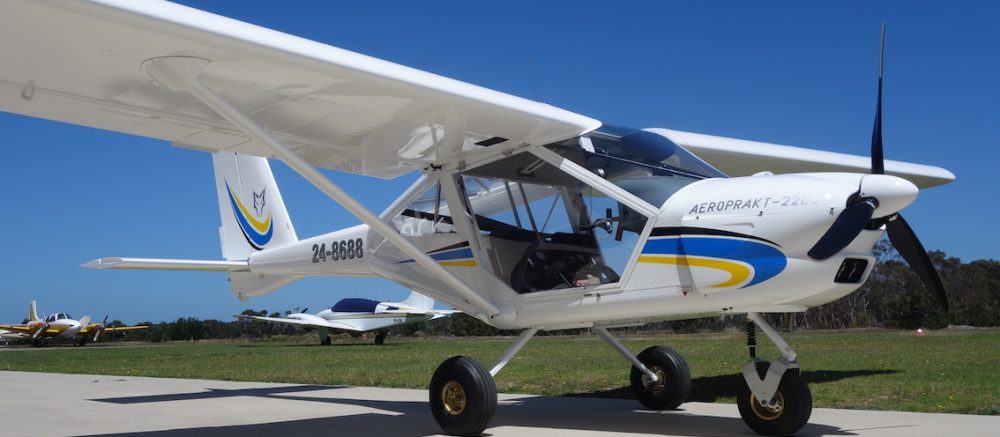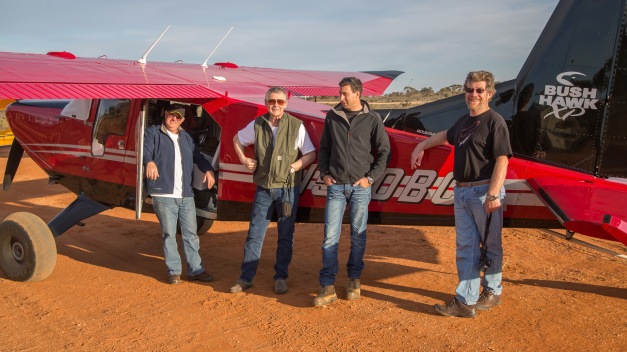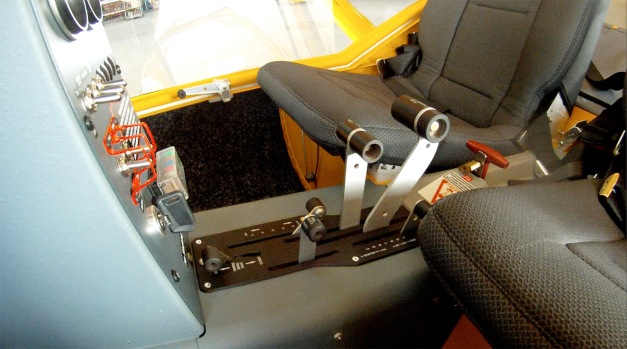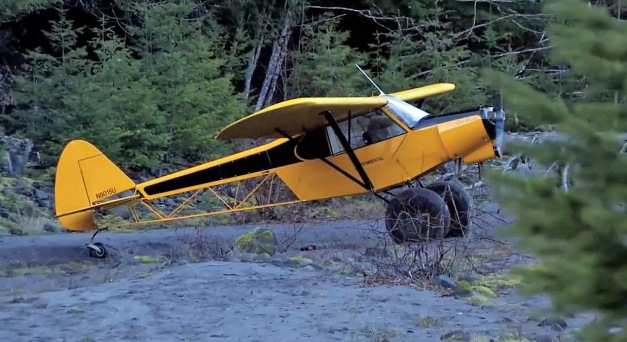 Every aircraft owner wants their pride and joy to look great and sparkling clean. But there are risks in keeping your aircraft shiny that need to be considered before every wash.
Every aircraft owner wants their pride and joy to look great and sparkling clean. But there are risks in keeping your aircraft shiny that need to be considered before every wash.
General defect reports submitted to CASA over many years have identified, for example, damage to aircraft undercarriage bearings and control surface hinge points because re-lubrication after washing was not carried out. Through a combination of the resulting corrosion and excessive wear, this has led to failures of various movable pivot points, including undercarriage torque links. In some instances rod end bearings were found to have failed prematurely due to continual washing of the aircraft with heavy duty, solvent cleaning agents.
Additionally, there have been reports of the use of unapproved cleaning agents such as automotive and truck washes, which have a high sodium chloride content and are not intended for cleaning aluminium aircraft structures. In an airworthiness bulletin CASA says although it is good to keep aircraft thoroughly clean of contaminating substances such as oil, grease, dirt and other organic or foreign materials, it is even more important that the cleaning agents used should not add to aircraft corrosion problems.
A number of recommendations are made including using only cleaning products specifically approved for aircraft, in particular being aware that automotive and household products can cause damage to airframes & components and can be corrosive to aluminium, and ensuring all applicable fittings are relubricated after washing. Chlorinated solvents or detergents are not to be used to wash aircraft as they can cause stress corrosion cracking in stainless steel and in some aluminium alloys.
These comments and the CASA bulletin linked above apply particularly to Light Sport and Recreational aircraft, which are often much more lightly built and not as well corrosion protected as their GA counterparts because of the need to minimise weight. I am aware of several LSAs which have been regularly washed with strong detergents and other automotive/household liquids which have caused long-term paint and lexan damage, as well as corrosion, not only in bearings but also in aluminium skins and other components.
Although these points have been made about metal aircraft, they equally apply to composite aircraft – where glass fibre and even carbon fibre can be adversely affected by cleaning solvents.
Personally, I only wash my aircraft with clean water and a sponge – no soap or detergent – and dry immediately with a synthetic leather. If there are oil. bug or bitumen stains, I use a terry cloth with very small amounts of a solvent such as ‘Bug Off’ and rinse thoroughly afterwards with clean water.
Finally, when polishing, do not assume that automotive polishes are OK for airframes – ideally use a polish designed specifically for the type of aircraft you have – be it metal, wood or composite. They may be more expensive to buy but are well worth the extra outlay in the long term. Aircraft Spruce in the USA has a huge range of aviation cleaners and polishes so there’s no excuse!
Based on an article courtesy AOPA Australia
 Monday 20 July – the first Aeroprakt A32 in Australia, VH-VBQ, made its maiden flight at Moorabbin Airport. After flying some circuits I then flew it to its new home at Tyabb Airport.
Monday 20 July – the first Aeroprakt A32 in Australia, VH-VBQ, made its maiden flight at Moorabbin Airport. After flying some circuits I then flew it to its new home at Tyabb Airport.








